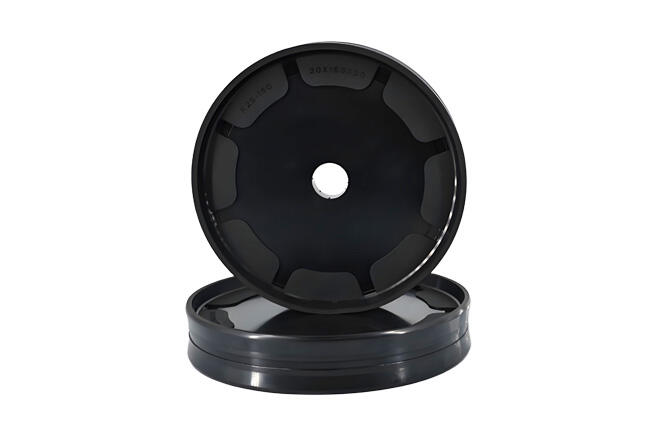When people think about pneumatic systems, most imagine cylinders, valves, or compressors. Rarely does anyone mention the seals. Yet, in practice, a failed seal is often the very reason an entire production line grinds to a halt. Pneumatic seals are small, inexpensive components, but their role in maintaining performance and efficiency is absolutely critical.
Why Pneumatic Seals Matter
Compressed air systems rely on controlled pressure to drive linear or rotary motion. Even a minor leak can lead to erratic movements, energy loss, or safety concerns. Compared with hydraulic applications, pneumatic systems operate at lower pressures—typically between 0.1 and 1.0 MPa—but the duty cycle is far more demanding. Cylinders can cycle thousands of times in a single shift, which puts constant stress on the sealing lip. For this reason, pneumatic seals must balance several properties:
· Low friction to reduce breakaway resistance and improve responsiveness.
· Wear resistance to handle repetitive cycles without premature failure.
· Elastic recovery so the seal continues to perform after millions of strokes.
· Adaptability to cope with different air conditions, from dry to oil-lubricated.
These demands make seal design and material selection more complex than many engineers expect.
In workshops and factories, material choice is rarely a theoretical discussion—it’s about what survives in daily operation. Some common trends include:
· Nitrile rubber (NBR): A practical and affordable option for standard pneumatic cylinders. It handles oil mist well, but may harden over time in dry systems.
In some cases, engineers combine profiles—such as a U-cup paired with an O-ring energizer—to balance sealing force with smooth operation.

Questions Distributors and OEMs Should Ask
For distributors and OEM customers, performance data alone is not enough. Over years of field discussions, several practical concerns always come up:
Can standard items be shipped immediately? Having a warehouse with common dimensions in stock is often more valuable than a small price advantage.
How flexible is customization? Special grooves, unusual sizes, or material upgrades are common in automation projects. A supplier who says “yes” quickly is worth remembering.
What is the realistic service life? Lab data is one thing, but case studies from similar applications give stronger confidence.
Are seals interchangeable with global standards? Interchangeability reduces maintenance complexity for multinational companies.
What kind of technical support is available? Engineers value suppliers who can analyze failure modes and recommend alternatives.
Addressing these concerns builds long-term trust, especially in industries where downtime costs are measured in thousands of dollars per hour.
Maintenance Insights from the Field
Many operators wait until a seal fails before replacing it. From experience, this is rarely the most cost-effective approach. In high-cycle pneumatic cylinders, planned seal replacement prevents sudden stoppages and extends equipment life. It also gives technicians a chance to inspect grooves and rods for wear, which often go unnoticed until damage becomes severe.
Another practical tip is to check air quality. Dry, unlubricated air may increase seal wear, while contaminated air with dust or oil residues can also shorten service life. Ensuring clean and properly conditioned compressed air is as important as selecting the right seal material.
What Adds Value in the Supply Chain
For distributors, carrying seals is not just about stocking rings and cups. The real advantage lies in:
Reliable inventory: Covering thousands of standard sizes to meet urgent demand.
Customization services: From selecting advanced materials to designing non-standard profiles.
Technical know-how: Providing real guidance rather than just selling parts.
For OEM manufacturers, these capabilities mean reduced risk, faster response to customer needs, and greater confidence in long-term equipment reliability.
Pneumatic seals may be small, but they are decisive in how a system performs. Selecting the right material, monitoring air quality, and planning maintenance all contribute to reliability. On the supply side, strong technical support and the ability to balance standard stock with customization make a supplier truly valuable.
For engineers, distributors, and OEM manufacturers alike, the lesson is clear: don’t underestimate the seal. It may be the smallest component in a pneumatic system, but it is often the one that keeps everything else running.
 Hot News
Hot News